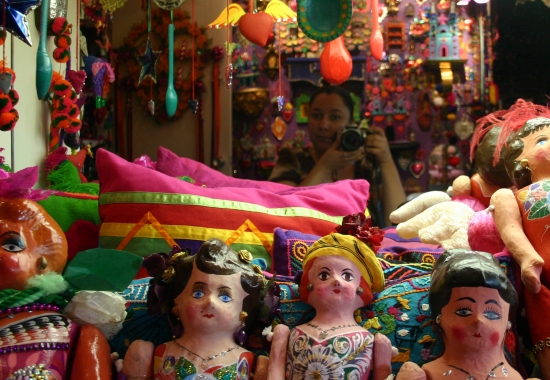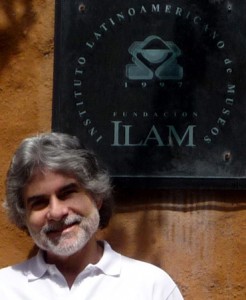Accession and Category: encoding or collections division

In the work of a museum collections registrar, finding accession encodings and a category for each object in your collection is indispensable. They are more than one number, for themselves carry a large amount of information, or open the door to more details.
These codes are a “QR” avant la lettre. Their use in software management and control of collections allows that they become starting points for numerous computerized search criteria; search fields of the software may include all numbering and terminology that contain these encodings.
The code or accession number is used universal and indispensable, the category seems to be less appropriate for some museums. However, I give more attention to this second part. While the code or accession number usually refers to the year in which an item entered the collection, sequentially for each calendar year [for example 2012.0034], the category defines object type, purpose and meaning. The category should be not an encoding that is used for aesthetic concerns or some supposed superiority or natural value, cultural or naturalcultural (artistic, scientific, technological, religious, etc.). A categorization can or should include as many subcategories as necessary. OBJECT TYPES, for example:
[PAINTings / ABStracts-0148];
[FURniture / CONsole-0025];
[VEHicles / AUTOmotives / TRUcks-0012];
[TOOLs / HAMmer-1135];
[CLOcks-0982];
[TAPestries-0023];
[PRINt / POSter-1128];
[CLOTHing / SHIrt / MALe / AFRican-0089];
[LITURgical / CHAlice / GREEk / ORTHOdox / CHURch-0051];
[MUSic / INSTRuments / WIND instruments / HEBrew-0129];
[MACHine TOOls / PERCussive / DRIll-0023]…
I refer here only to cultural and technological objects, due to my lack of knowledge about the natural areas, biological or mineral.
I typed in uppercase “OBJECT TYPES” because that little word, when used improperly, generates false information, vague and too generic, which is unacceptable for a museum collection. The same goes for the little word “VARIOUS” (Miscellaneous). Every object, of whatever type (natural, cultural, technological or naturalcultural) has a name and belongs to a genre, type, species, family, etc. This applies even when it comes to intangible cultural heritage or intangible natural heritage. This holds true for everything in the registrar’s universe, which means that he / she should be well aware of this fact and give indeep thought to the classification of every object he / she has in the collection. This means that the regsitrar should cooperate closely with curators and researchers, or even manufacturers, who know more of that object and possible categorizations than the registrar. In codings per category should always be an appropriate term for categorization or division. And if the existing categories in the collection don’t have a place for this type of object: create one! A good collection management software allows and encourages, as a good manager, a good healer and a good registrar.
In my work as a logger I never categorized an object as “Various”, but corrected and relocate some existing cases that were filed as such. Same goes with the truism category “objects”. Obviously, everything is an object! (at least until you create the “Museum of Thoughts and Feelings” … The recorder is in trouble there …).
I have seen cases, for example in a museum of Latin America, in which part of its collection (which appears on their website) is categorized as “Objects”. Even almost a year ago I made some comments and suggestions, but until now I got no response.
The correct title or generic name of an item are a must: I found a case in which an item was called “Armchair with two armrest” … A quick check in books reassured me that a chair that has two armrest is called Armchair … And a bit of reasoning helped me reconfirm that skateboards have rolls, because…
Registrars in museum collections can and should be able to open their schemes and reasoning in order to do their job properly, efficiently and creatively, adapting to the circumstances and type (Category) of the object that needs to be accessioned and documented in the collection. A good registrar must remain critical!
